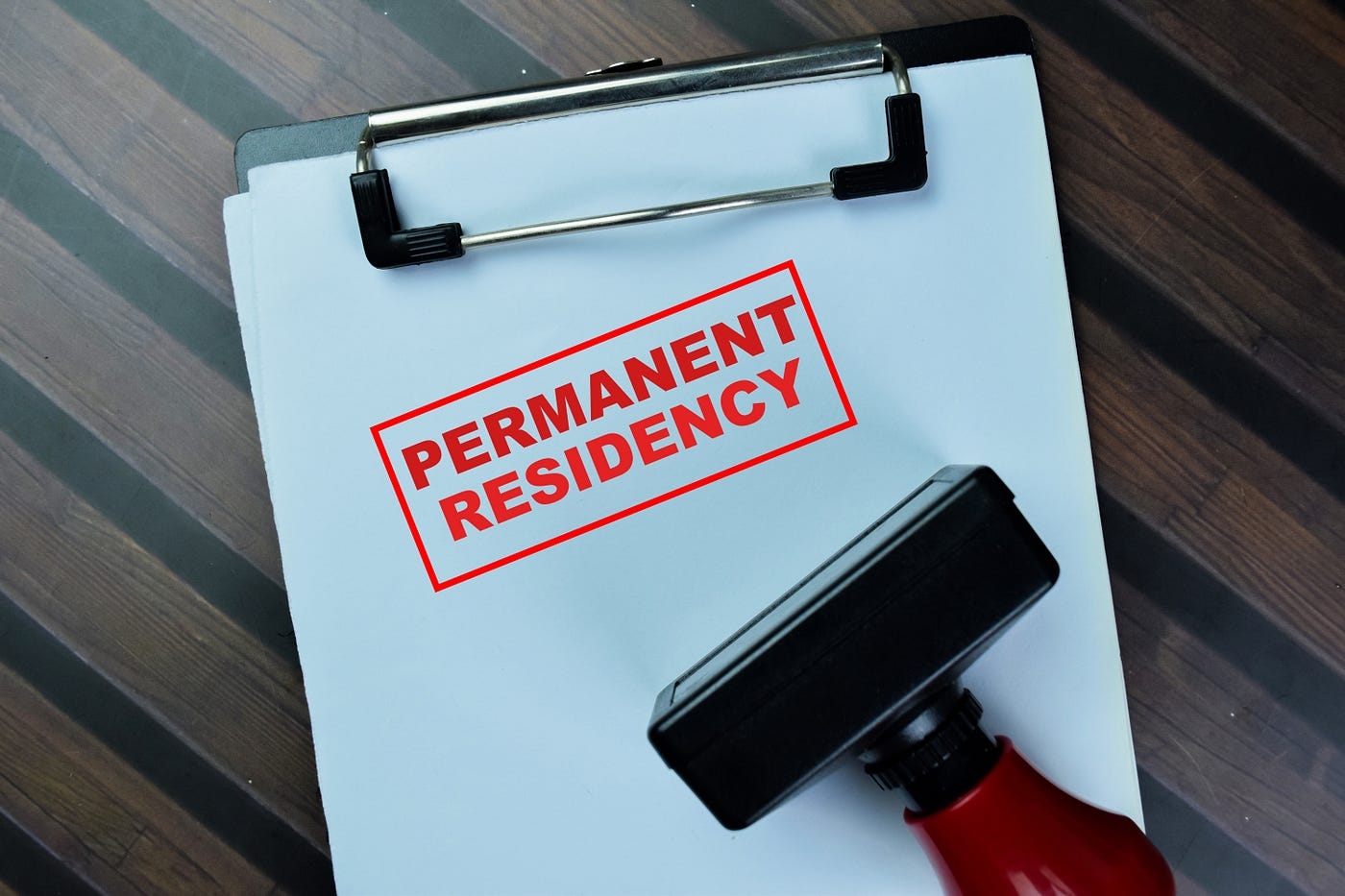Your Comprehensive Guide to Canadian Immigration ProcesEmbarking on the journey to move to Canada is like stepping into a world of opportunities and a great quality of life. But, figuring out how to make it happen can be a bit confusing. That’s where this guide comes in handy! We’re here to make the Canadian immigration process super clear and simple.
Whether you’re a skilled worker, a family looking to be together, or someone just wanting a change, we’ve got your back. This guide is your go-to manual for understanding the different ways to immigrate, what you need, and the step-by-step process to make your move to Canada smooth and successful. So, let’s move in and make your Canadian dream a reality!
Understanding Canadian Immigration Programs
Canada offers various immigration programs designed to attract skilled workers, entrepreneurs, students, and family members. The main pathways include Express Entry, Provincial Nominee Programs (PNPs), family sponsorship, and refugee resettlement. These programs aim to meet Canada’s labour market needs, support the reunification of families, and fulfil humanitarian commitments.

Express Entry is a popular choice for skilled workers, while PNPs allow provinces to select immigrants that meet regional needs. Understanding these programs is essential to choosing the best pathway based on personal circumstances, qualifications, and goals. Each stream has its own requirements, processing times, and steps, so thorough research is vital.
Immigrate to Canada: The Big Picture
Canada has a range of immigration programs, each tailored for different categories of applicants. First off, there’s Express Entry, a program designed for skilled workers and professionals worldwide who wish to live and work in Canada. Then there are the Provincial Nominee Programs (PNPs), which allow different provinces in Canada to nominate individuals who would contribute to their specific economic needs. So, no matter your skills or career, there’s likely a spot for you!
Read: Virtual Assistant Jobs in Canada: Exploring opportunities in the digital workforce
Assessing Eligibility for Canadian Immigration
Before applying for Canadian immigration, individuals must assess their eligibility based on criteria like age, education, work experience, language ability, and adaptability. Tools like the Comprehensive Ranking System (CRS) in Express Entry evaluate profiles on a point-based system. Applicants must also meet program-specific requirements, such as job offers for PNPs or family ties for sponsorship.
Online self-assessment tools provided by Immigration, Refugees and Citizenship Canada (IRCC) can help determine initial eligibility. Consulting with immigration professionals can also provide clarity. Accurate assessment ensures time and resources are focused on realistic immigration options, increasing the chances of a successful application.
Education and Language Proficiency: The Dynamic Duo
When planning to immigrate to Canada, it’s not just about packing your bags and booking a flight. Your educational qualifications and language proficiency in English or French are key factors that can make or break your eligibility. Also, your work experience, age, and even adaptability can influence your chances. So, make sure you tick these boxes!
Express Entry: Step-by-Step Process
The Express Entry system manages applications for three federal programs: Federal Skilled Worker, Federal Skilled Trades, and Canadian Experience Class. First, candidates create an online profile and enter the pool. They are scored under the Comprehensive Ranking System (CRS). High-scoring candidates receive Invitations to Apply (ITA) during regular draws.
Once invited, applicants submit a complete application within 60 days, including documents like language tests, education assessments, and proof of funds. The IRCC reviews the application, and if approved, permanent residency is granted. Express Entry is known for its speed and transparency, making it a preferred choice for skilled workers.
Creating Your Golden Ticket: The Express Entry Profile
Once you’re set on immigrating to Canada through Express Entry, the next step is to create your online profile. This is where you provide information about your skills, work experience, language ability, education, and other details. Then comes the Comprehensive Ranking System (CRS) where your profile gets points based on these factors. More points mean higher chances of receiving an invitation to apply for permanent residence. So, keep your fingers crossed!
Provincial Nominee Programs (PNPs): Exploring Options
Provincial Nominee Programs (PNPs) allow Canadian provinces and territories to nominate immigrants who meet specific local labour and demographic needs. Each province runs its own PNP with tailored streams targeting skilled workers, graduates, or entrepreneurs. Candidates can apply directly to a province (base stream) or through Express Entry (enhanced stream).
An enhanced PNP nomination gives a 600-point boost to the CRS score, virtually guaranteeing an ITA. Applicants must meet both provincial and federal immigration requirements. Exploring PNPs involves reviewing each province’s demand for occupations and eligibility criteria. These programs offer an alternative path for those with lower CRS scores or specific regional ties.
The Art of Choosing the Right PNP
PNPs are another route to consider when looking to immigrate to Canada. Different provinces have their own PNPs with specific requirements based on their economic needs. Some provinces might need teachers, while others might be on the lookout for engineers or healthcare professionals. So, do some research, find a province that fits your skills like a glove, and get cracking on that application!
Gathering Required Documentation
A complete Canadian immigration application requires thorough documentation. Common documents include passports, language test results (IELTS or TEF), Educational Credential Assessments (ECA), work experience letters, police certificates, and proof of funds. Depending on the program, additional documents like nomination certificates (for PNPs) or job offers may be necessary.
Documents must be accurate, translated into English or French if needed, and up to date. Applicants should begin collecting documents early to avoid delays after receiving an Invitation to Apply (ITA). IRCC provides checklists tailored to each immigration pathway, and following these carefully ensures smoother processing and reduces the risk of refusals.
Don’t Forget the Paperwork!
When it comes to immigration, paperwork is your constant companion. Validating your educational credentials, getting your language proficiency test results, and collecting supporting documents for work experience, identity, and finances — it’s a bit of a juggling act, but it’s all part of the process. So, gear up and get those documents in order!
Submitting the Application and Paying Fees
After receiving an Invitation to Apply (ITA), applicants must submit their completed permanent residence application within 60 days. This includes uploading all required documents and answering detailed background questions. Government processing fees must be paid at this stage, including the application fee and, if applicable, the Right of Permanent Residence Fee (RPRF).
Payment is made online through the IRCC portal. It is essential to review the application carefully to ensure accuracy and completeness, as errors can lead to delays or refusals. Once submitted, applicants receive an Acknowledgment of Receipt (AOR), which marks the beginning of the processing phase.
Dotting the I’s and Crossing the T’s
Once you’ve got all your documents ready, it’s time to submit your application. Make sure you fill in the details accurately you wouldn’t want a small mistake to derail your whole plan. After submission, you’ll have to pay the required fees and keep track of your application status. It’s a bit of a waiting game, but hey, patience is a virtue, right?
Medical Examinations and Security Clearances
To ensure the health and safety of its citizens, Canada requires immigration applicants to undergo medical examinations and security background checks. Medical exams must be completed by IRCC-approved panel physicians and screened for serious conditions like tuberculosis or communicable diseases.
Applicants must also submit police clearance certificates from every country they have lived in for six months or more since the age of 18. These checks ensure the applicant poses no health or security threat. Failing to pass these screenings can lead to inadmissibility. Preparing for these requirements in advance helps avoid delays and supports a smooth immigration process.
The Final Hurdles
Before you can immigrate to Canada, there are a couple more boxes to tick. You’ll need to undergo medical examinations and security background checks. These steps ensure you’re in good health and of sound character. It might seem like jumping through hoops, but it’s all to ensure a safe and secure environment for everyone in Canada.
Settlement in Canada: Post-Immigration Process
After arriving in Canada, newcomers go through a settlement process that includes finding housing, accessing healthcare, and registering for government services. Permanent residents receive a Permanent Resident (PR) card, which is essential for travel and identification. Provincial settlement agencies offer support with language classes, employment training, and community integration.

Newcomers must also apply for a Social Insurance Number (SIN) and provincial health coverage. Understanding rights and responsibilities as residents is crucial. Early preparation and use of settlement resources significantly ease the transition, helping immigrants adapt to their new environment and become active participants in Canadian society.
Welcome to Canada, Eh?
Once you’ve made the big move, there are a few things to sort out. Getting a Social Insurance Number (SIN) and healthcare coverage are among the first things to do. Canada also offers various settlement services and resources to help newcomers settle in. So, while it might be a bit daunting at first, remember, every journey begins with a single step.
Read: See the Skills Canadian Employers Crave For: Advancing Your Career in 2024
Finding Employment and Integration
Securing employment is a major step in integrating into Canadian society. Newcomers may face challenges such as credential recognition, lack of Canadian work experience, and language barriers. Government-funded programs and settlement agencies offer job search assistance, resume writing workshops, and networking opportunities.
Volunteering and internships can help build local experience. Some professions require licensing, which may involve exams or further education. Beyond work, integration includes understanding Canadian culture, participating in community activities, and improving language skills. Proactive efforts, combined with support services, enhance job prospects and help newcomers successfully adapt and contribute to the Canadian economy and society.
Software Engineer Remote Jobs Entry Level
For those in the tech industry, especially newbies, remote entry-level software engineer jobs could be a great way to kick-start your career in Canada. There are numerous job boards and resources available online to aid your search. And as you start working, remember to embrace the Canadian culture and integrate into society. After all, home is where the heart is!
Permanent Residency and Citizenship
Permanent residents (PRs) in Canada enjoy most of the rights of citizens, including access to healthcare, work, and education. However, they cannot vote or hold certain government jobs. To maintain PR status, individuals must live in Canada for at least 730 days within a five-year period.

After fulfilling residency and language requirements, PRs may apply for Canadian citizenship. Applicants must have been physically present in Canada for at least 1,095 days in the past five years and pass a citizenship test on Canadian rights, responsibilities, and history. Becoming a citizen offers full participation in civic life and added travel benefits.
Going the Distance: Permanent Residency to Citizenship
After settling in, you might start thinking about applying for permanent residency or even citizenship. These steps allow you to enjoy more rights and benefits in Canada, like voting in elections or accessing more job opportunities. It’s a big step, but it’s also a beautiful way of saying, “I’m here to stay.”
Read: The Impact of AI on the Canadian Job Market
Canada offers various immigration pathways, including Express Entry, Provincial Nominee Programs (PNPs), and family sponsorship, each with specific eligibility criteria. Applicants are assessed based on factors like age, education, work experience, and language ability. The process involves creating a profile, submitting documents, undergoing medical and security checks, and paying fees.
Successful applicants receive permanent residency and can later apply for citizenship. Post-immigration, newcomers must settle into Canadian life, find employment, and integrate into society. Careful planning, accurate documentation, and use of settlement services are key to a smooth and successful immigration journey.


